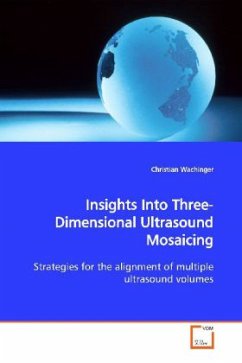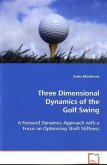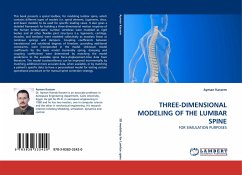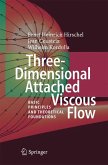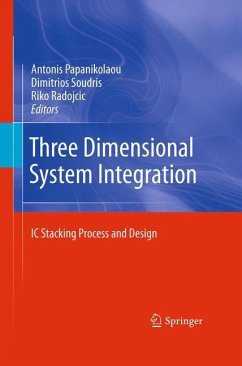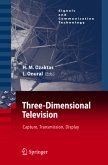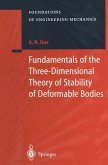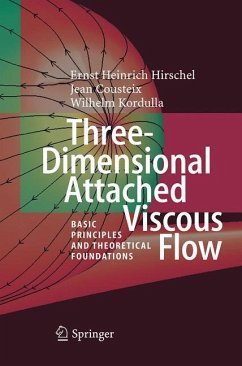The creation of 2D ultrasound mosaics is becoming a
common clinical practice with a high clinical value.
The next step coming along with the increasing
availability of 2D array transducers is the creation
of 3D mosaics. In the literature of ultrasound
registration, the alignment of multiple images has
not yet been addressed. Therefore, we propose
registration strategies, which are able to cope with
problems arising by multiple image alignment. We use
pair-wise registration with a consecutive Lie
normalization and simultaneous registration, which
urges the usage of multivariate similarity measures.
In this thesis, we propose alternative multivariate
extensions based on a maximum likelihood framework.
Due to the higher computational cost of simultaneous
registration, we describe possibilities for speeding
them up, among others, the usage of a stochastic
pyramid.
We also present methods to reduce speckle noise and
detect shadow in US volumes. For the compounding of
the final volume, a variety of approaches are
listed. Experimental results show the good
performance of the proposed registration strategies
and similarity measures.
common clinical practice with a high clinical value.
The next step coming along with the increasing
availability of 2D array transducers is the creation
of 3D mosaics. In the literature of ultrasound
registration, the alignment of multiple images has
not yet been addressed. Therefore, we propose
registration strategies, which are able to cope with
problems arising by multiple image alignment. We use
pair-wise registration with a consecutive Lie
normalization and simultaneous registration, which
urges the usage of multivariate similarity measures.
In this thesis, we propose alternative multivariate
extensions based on a maximum likelihood framework.
Due to the higher computational cost of simultaneous
registration, we describe possibilities for speeding
them up, among others, the usage of a stochastic
pyramid.
We also present methods to reduce speckle noise and
detect shadow in US volumes. For the compounding of
the final volume, a variety of approaches are
listed. Experimental results show the good
performance of the proposed registration strategies
and similarity measures.

